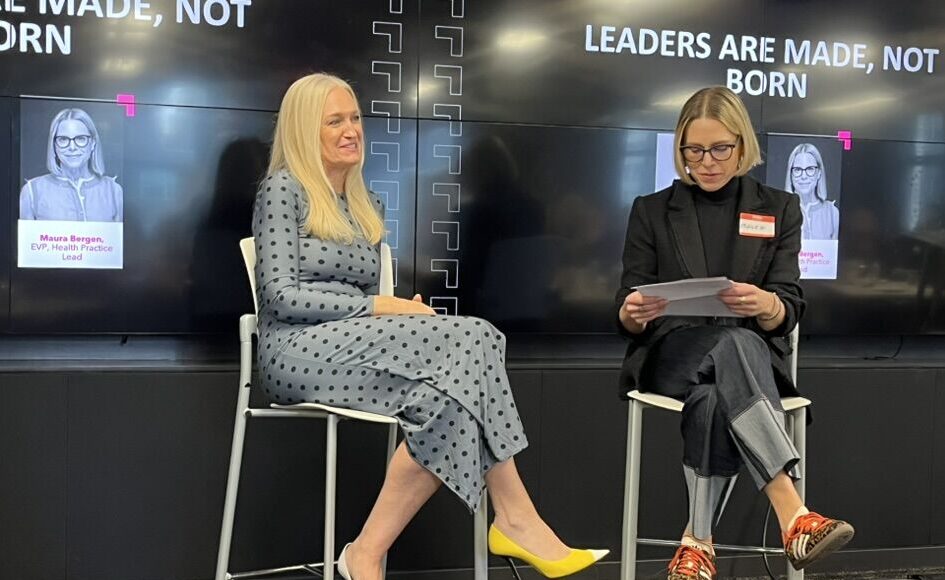
In a recent fireside Q&A, Porter Novelli CEO Jillian Janaczek traced her evolution from manager to leader, distilling it into a practical, human playbook for navigating uncertainty. The conversation traveled from economic headwinds to inclusive leadership, from personal accountability to the art of constant reprioritization. The throughline was unmistakable: resilient organizations are built by leaders who combine curiosity with clear roles, bold ideas with risk mitigation, and personal ownership with collective accountability.
Jillian’s early career offered a foundation few enjoy: a bench of female leaders across roles and agencies. Seeing women in charge made leadership feel possible, she said, even as she carved her own path. That foundation proved vital when she stepped into a reverse-merger environment, where legacy loyalties made acceptance difficult. Earning trust demanded patience, listening, and a relentless commitment to getting “everyone singing from the same song sheet.” The experience shaped her leadership philosophy: structure enables resilience, and following earns the right to lead.
Her operating system rests on three R’s: Readiness, Reflection, and Reprioritization. Readiness means designing organizations where each person wears one hat; roles are explicit, and the right talent is in the right seats. Reflection turns experience into best practices but never becomes a cul-de-sac of second-guessing. And Reprioritization is the real-time discipline of adjusting priorities as the environment shifts, sometimes every 30 days. Jillian has already mentally closed the books on this year, she noted, focusing instead on building a strong first quarter for next year. It’s not impatience; it’s a forward posture.
If structure is the frame, curiosity is the engine. Jillian links inclusive leadership to the hunger to learn diverse perspectives, psychological safety, and a bias toward questions over certainties. She echoed a creative leader’s provocation that “certainty equals average,” arguing that bold work requires risk and credibility comes from showing how you’ll mitigate that risk. In practice, that means presenting daring ideas alongside concrete operational plans, inviting clients to trust the ambition because the execution is de-risked through planning.
Accountability, she added, is the foundation under everything. Personal ownership scales into collective accountability; without it, courage and curiosity fizzle. She’s explicit about time, too: a 30-30-30-10 cadence. Thirty percent on people – coaching, mentoring, one-on-ones. Thirty percent with clients – prospecting, problem-solving, and momentum. Thirty percent on the business of the business. And a final ten percent dedicated to discomfort: learning, experimentation, and experiences that stretch capability.
One of Jillian’s most personal pivots was moving from directing to developing. Early on, accountability fed micromanagement. Over time, she learned to ask, “How would you go about doing this?” then empower people to own the outcome. Clear roles, real delegation, and accountability at the forefront created a stronger bench – and better client outcomes.
Her mantra “Do not be an island” isn’t soft; it’s operational. Bring in more people, define ownership, and build teams that can win without centralized control.
Even in the face of corporate distractions like acquisitions, reporting cycles, or platform requests, Jillian keeps her focus trained on people and client work. It’s an intentional asymmetry of attention: answer the unavoidable quickly; fight hard for the levers that change outcomes.
Jillian’s playbook is refreshingly actionable. Design for readiness. Reflect just enough to learn. Reprioritize as conditions change. Lead inclusively by being relentlessly curious. Treat accountability as identity, not a KPI. Guard your time. Develop people instead of directing them. And when you push big ideas, carry the operational plan into the room. In volatile times, that combination of curiosity, structure, and ownership isn’t just a leadership style. It’s a competitive advantage.


